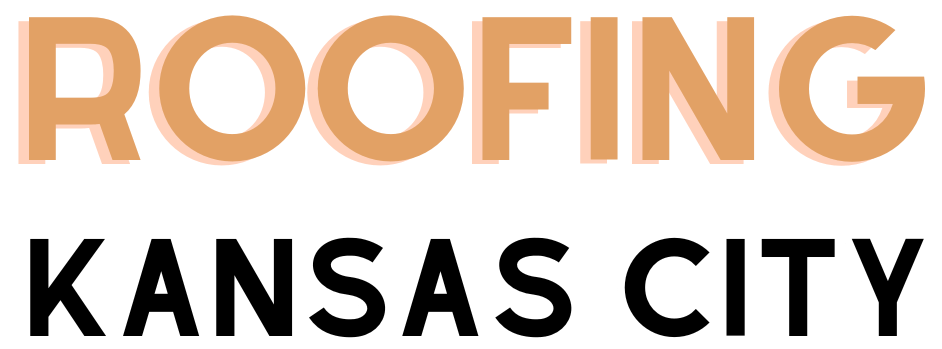The practice of roofing has a long and rich heritage that spans centuries and every era bringing its distinctive techniques and materials in the process. From the earliest civilizations, through medieval times, and even over the centuries, the advancement of methods for roofing reflect not only the latest developments in building, but also the techniques and culture of the time. In a time when new building techniques are most sought-after on available, there’s an increasing awareness of the significance of keeping the ancient roof practices that offer the opportunity to learn about our architectural tradition.
The Heritage of Roofing
Ancient Beginnings
The beginnings of roofing go all the way to the first human settlements. Early civilizations, such as those of the Egyptians, Mesopotamians, and Greeks used natural resources like thatch, clay and stones to construct shelters for their homes. These basic techniques laid the basis for roofing techniques which evolved over time.
Medieval Marvels
The Middle Ages brought about remarkable improvements in roofing techniques. The most well-known roof styles of the period is using wooden shingles. In Europe wood shingles that were made out of split logs became an extremely popular choice because of their long-lasting durability as well as the ease of installation. The intricate patterns made from these shingles may be found on the exteriors of historic structures and buildings today, showing the skill from a time gone by.
Preserving Heritage
In the midst of advancing society in the modern age of construction There is an increasing desire to protect the traditional techniques for roofing. Preservation isn’t just simply a nostalgic exercise It is an opportunity to celebrate our architectural heritage as well as learn knowledge that could inform our current methods.
Lessons from Tradition
Studying historic roofing techniques can provide insights into the sustainability and resilience of traditional materials. For instance, thatched roofs, once prevalent in many cultures, offer exceptional insulation properties and are often sourced locally. By incorporating aspects of these methods into modern designs, we can create more energy-efficient and environmentally friendly structures.
Cultural Significance
Roofing methods are deeply intertwined with the cultural identity of a region. The distinct architectural styles that emerged from different parts of the world are a testament to the creativity and adaptability of communities throughout history. Preserving these techniques allows us to honor cultural diversity and maintain a visual link to the past.
Revival of Traditional Techniques
Modern Applications
While the preservation of historic roofing techniques is important, it does not mean they must remain static. Many builders and architects are coming up with new ways to modify old-fashioned techniques in order to adapt to the requirements of the modern age. Combining old and modern techniques can result in stunning architecture that honors the past as well as meet the requirements of the modern lifestyle.
Challenges and Solutions
Reviving traditional roofing techniques isn’t free of challenges. Finding authentic materials and competent artisans who know the old methods are a major challenge. These challenges are the reason for the growth of workshops, training programs and alliances between professionals and amateurs. Through the exchange of information and methods to guarantee longevity of these methods.
At a time of rapid technological progress, traditional roofing methods serve as a timely reminder to cherish our heritage. These techniques offer insight into the skills, creativity, and diversity that has contributed to shaping architectural tradition over time. As we build in the near future, it is vital not to lose sight of these lessons learned from history; by appreciating and employing old roofing practices in new builds we can bridge between past and present while keeping alive architectural tradition for future generations.

